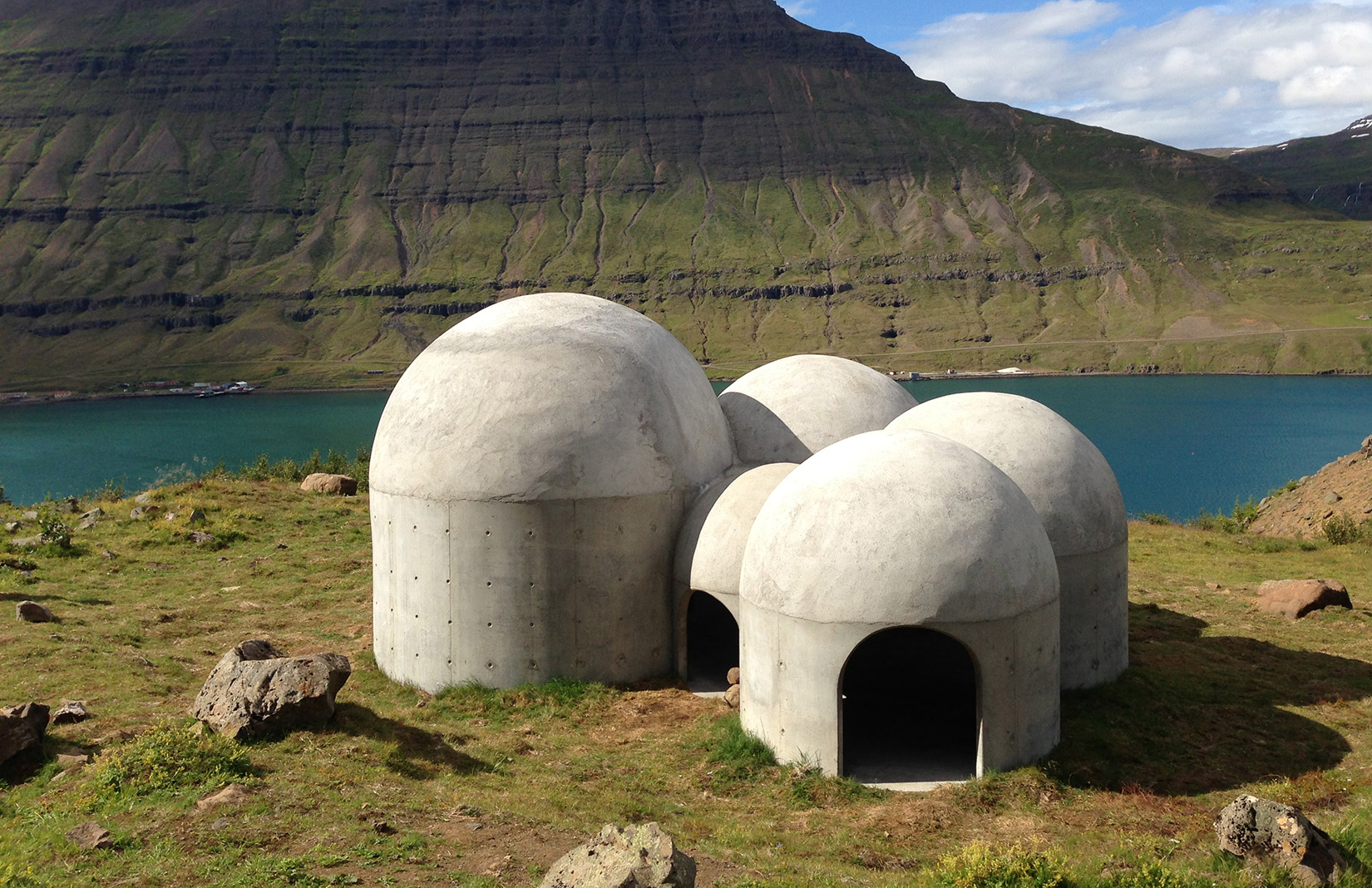
It is all too easy for architecture to be seen and not heard. Instragrammable visuals may be at our fingertips, but it is impossible to photograph an echo. Sad news, considering the most memorable of spaces are those that heighten more than just our optical sense.
What’s more, much of new architecture is focused on controlling sound, rather than celebrating it. We want to block out our neighbours, escape the city noise, or buffer any possibility of sonic surprise.
Here are 10 spaces to remind us of architecture’s acoustic abilities – from the unexpected quarry opera venue to the deliberate forest megaphone. If you’re a musician, imagine playing in these…
1. Tvísöngur, Iceland
Divisions of 12 – Lilja from 12 ensemble on Vimeo.
Nestled on a mountainside overlooking a fjord, the Icelandic ‘Tvísöngur’ is a concrete sculpture for sound, open for anyone to visit. Five domes combine to form a network of vaults. Each is designed to amplify a resonance distinct from the other, so the overall space echoes the Icelandic musical tradition of five-tone harmony.
2. Forest megaphones, Estonia
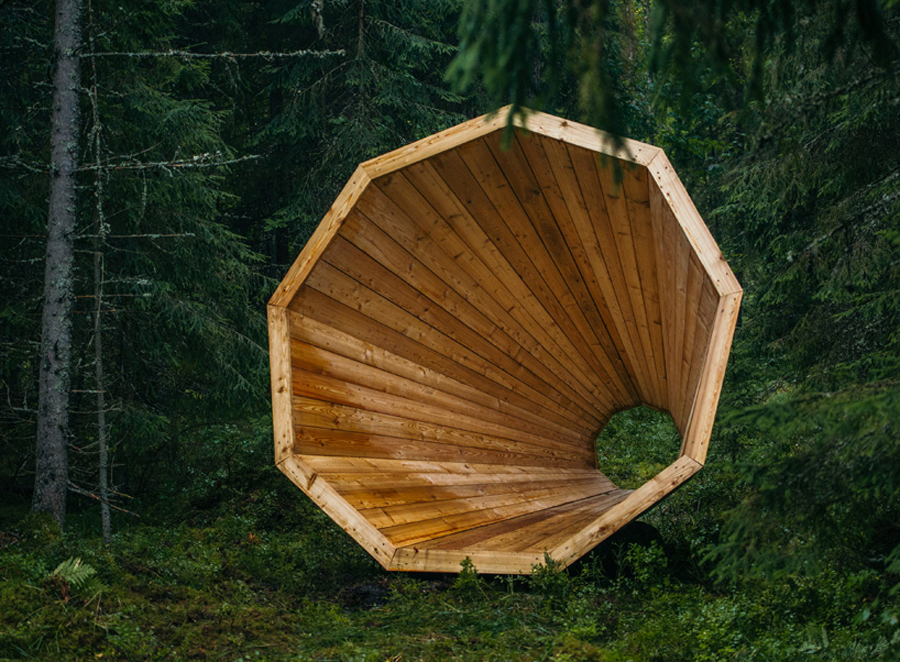
Architecture can also amplify the natural noises around us. These wooden ‘Ruup’ megaphones in Estonia’s Võru County were constructed in September 2015 to harness the sounds of the forest. Designed by students and planted amongst the trees, the ‘bandstands’ vary in size and form but, at 3m diameter, they are the perfect size to climb into.
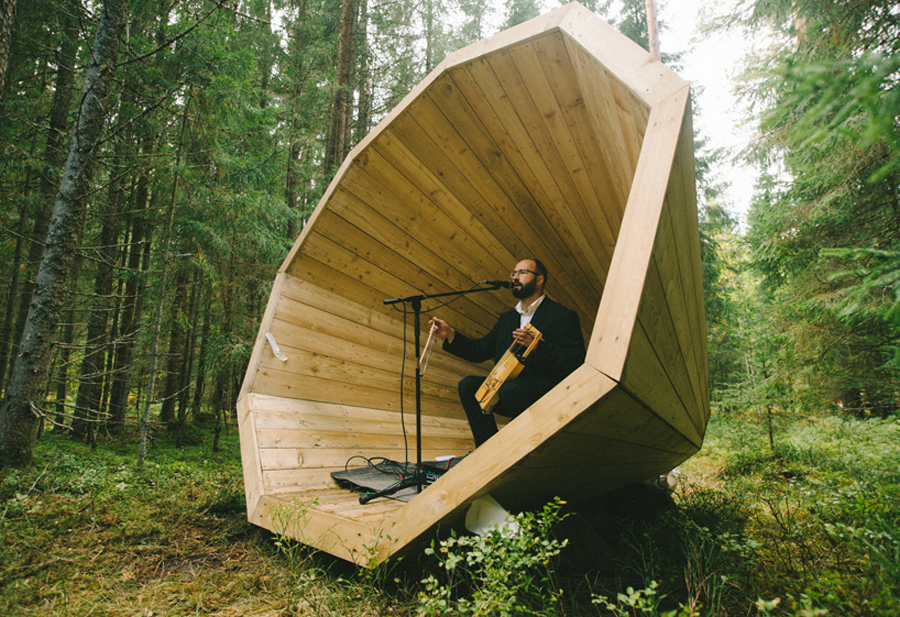
3. Fertőrákos Cave Theatre, Hungary
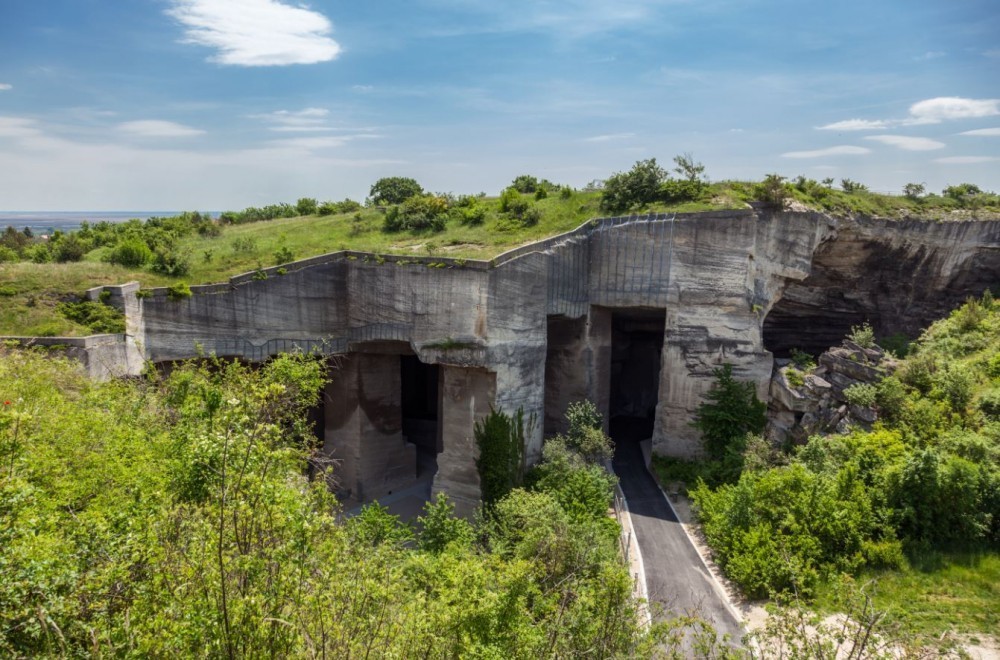
A quarry might seem an unlikely destination for an opera but people across the world are wising up to the potential of these vast, cavernous spaces. The Hungarian Fertőrákos Cave Theatre recently reopened following renovation work, while Portugal’s Estremoz marble quarries host performances on an ad hoc basis. Sound resonates within their solid walls in an interplay with light and shadow.
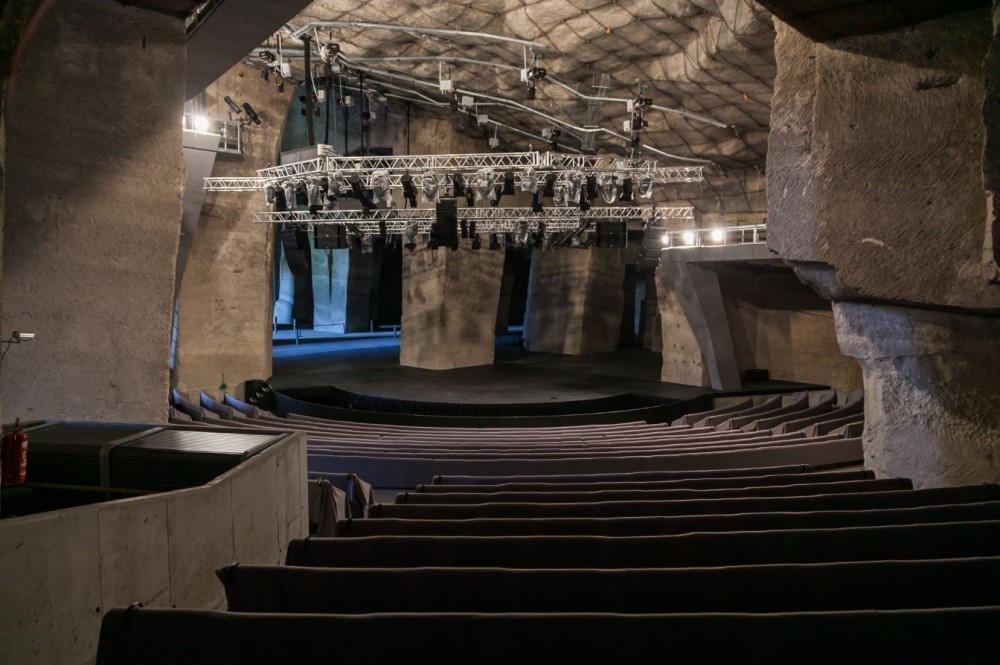
4. The Music Hall at the Āli Qapu Palace, Iran
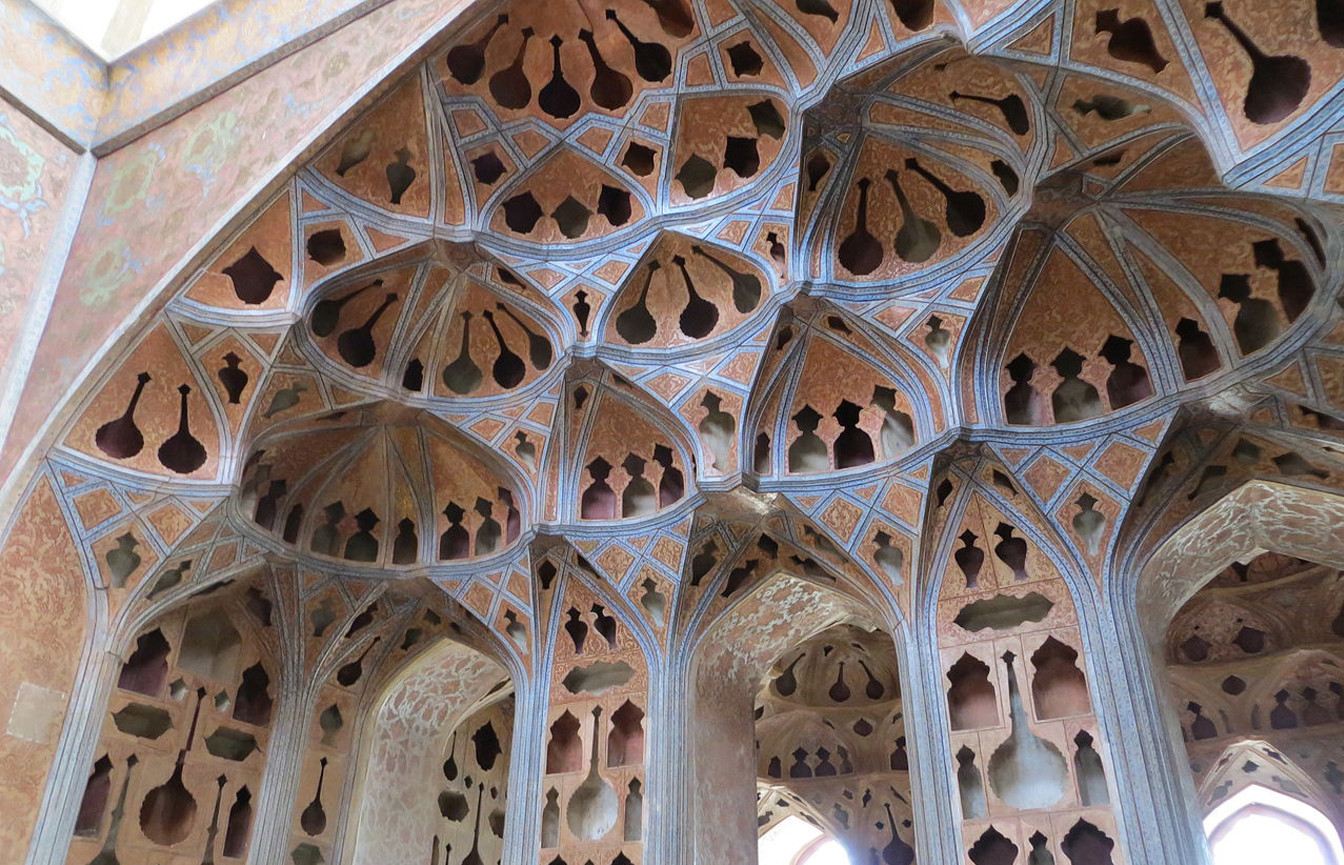
Further evidence of a nation using architecture to enhance its traditional music takes us to Iran – amid some 17th-century mud bricks, to be precise. The Āli Qapu Palace Music Hall’s magnificent vaulted ceilings create an umbrella of niches overhead, which mean a low reverberation time for sound – ideal for intimate music, and specifically, Iranian ballads.
5. Denge sound mirrors, UK
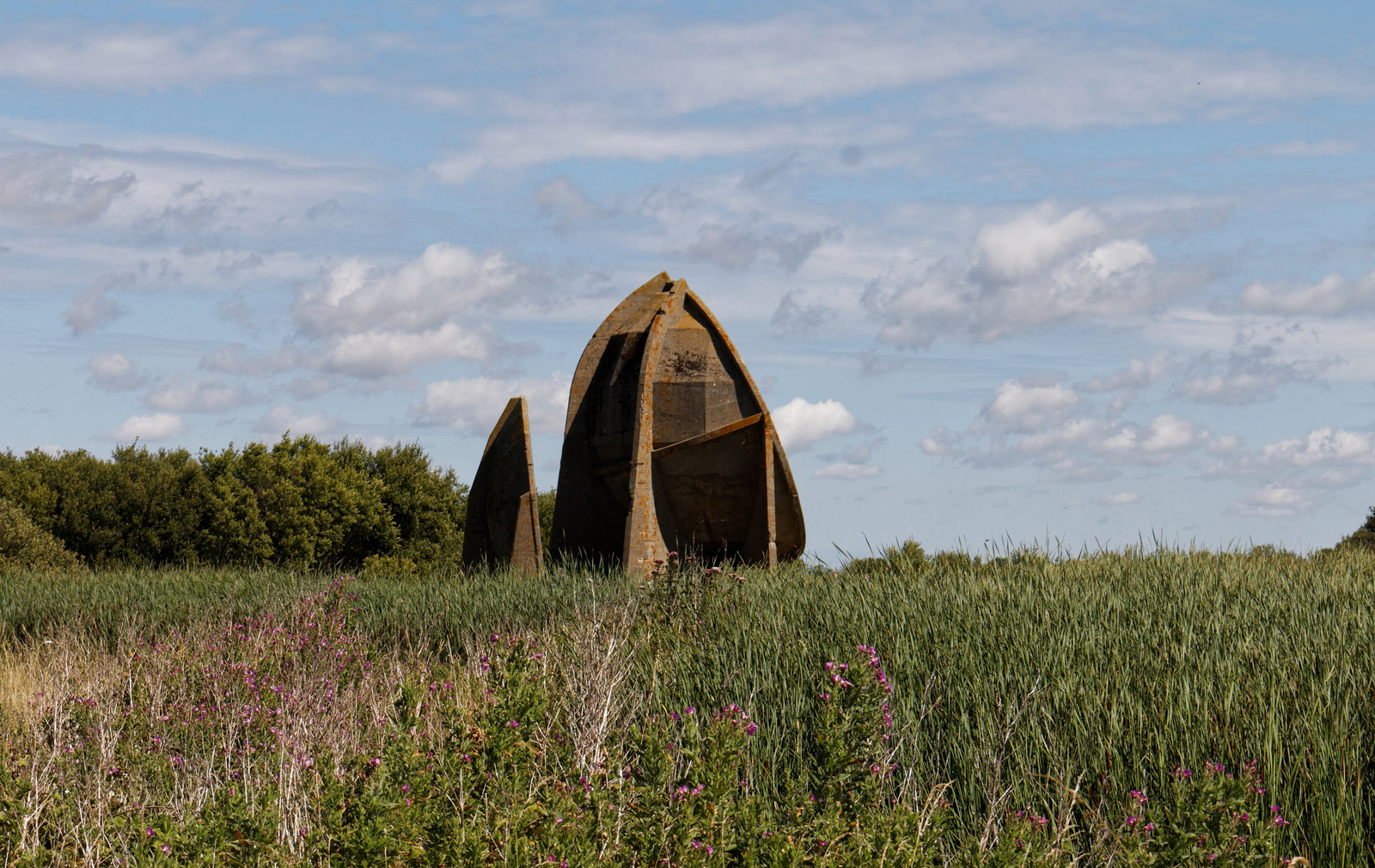
On the UK coast near Dungeness, ‘sound mirrors’ are part of the landscape. These concrete forms, ranging from 20 to 200 feet wide, were constructed in the 1920s as early warning devices for approaching enemy planes. When aircraft and radar technology advanced, they quickly became redundant but the sonic qualities of these enduring landmarks remain.
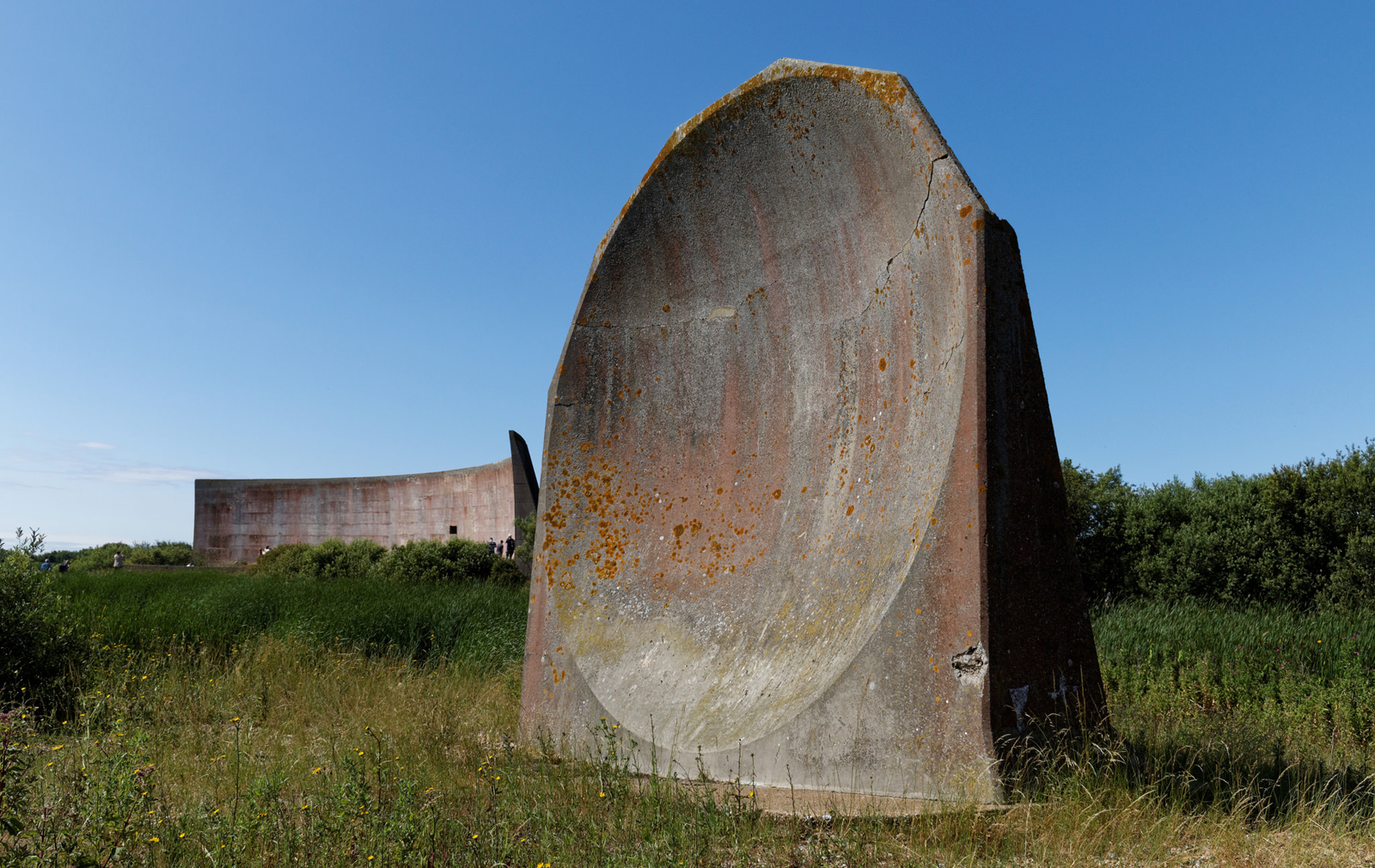
6. The Danish Music Museum, Denmark
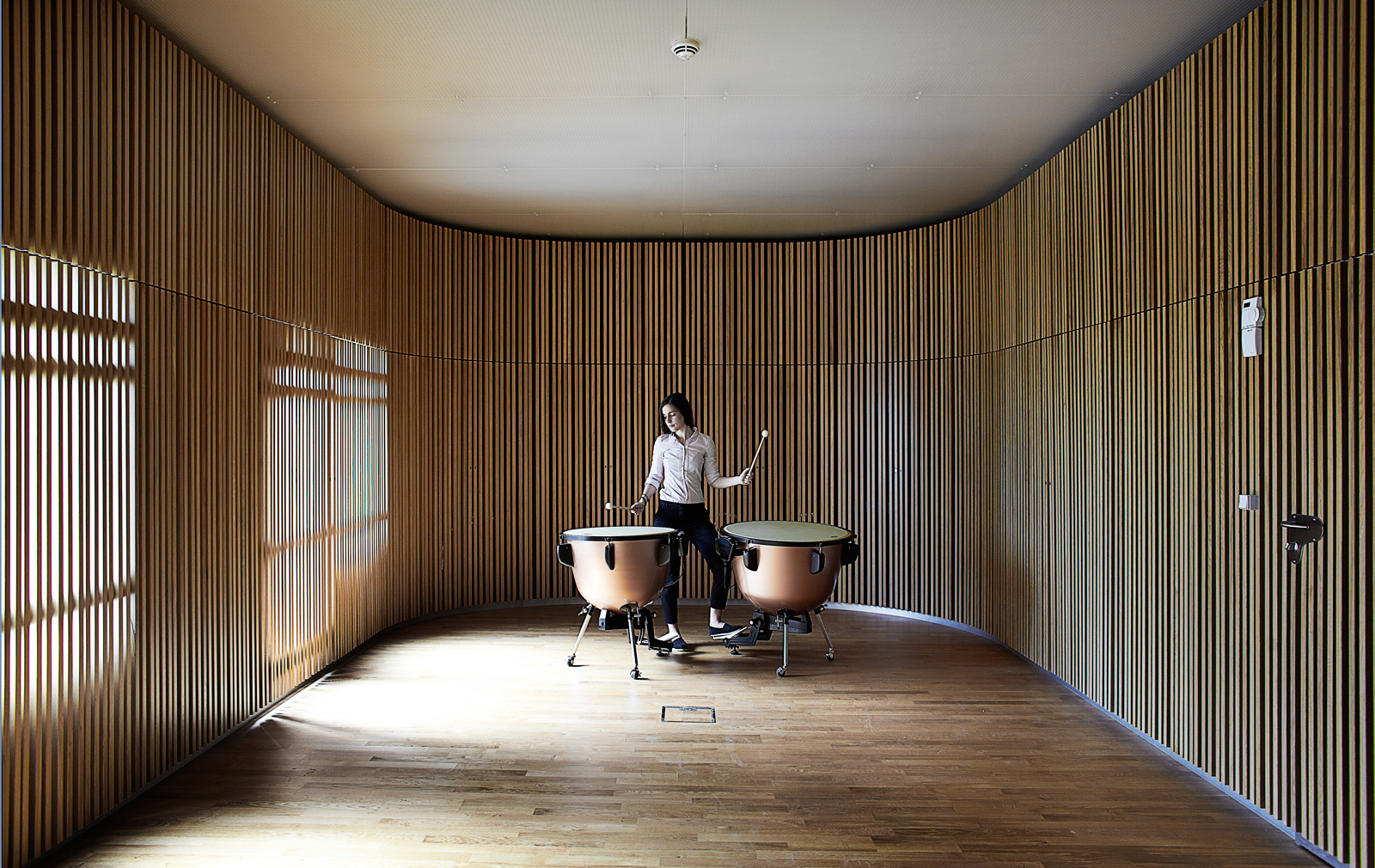
Building materials and textures can accentuate very specific sounds. At The Danish Music Museum, housed inside a former broadcasting house in Copenhagen, architecture practice Adept has shaped, perforated and padded each room’s timber-lined walls to enhance the sounds of strings, brass, percussion or a full orchestra in the space.
7. Brunel Museum, UK
In 1825, a two-decade long project to construct a pedestrian tunnel network beneath London’s Thames river began. Nearly 200 years on, trains rather than pedestrians speed through the tunnels, yet Isambard Kingdom Brunel’s grand Rotherhithe entrance shaft remains open. Keiko Sumida recently directed an opera in the space and speaks of ‘an adventure-like feeling to the show. The acoustics were challenging and there was an amusing “whispering gallery” effect.’ See upcoming events.
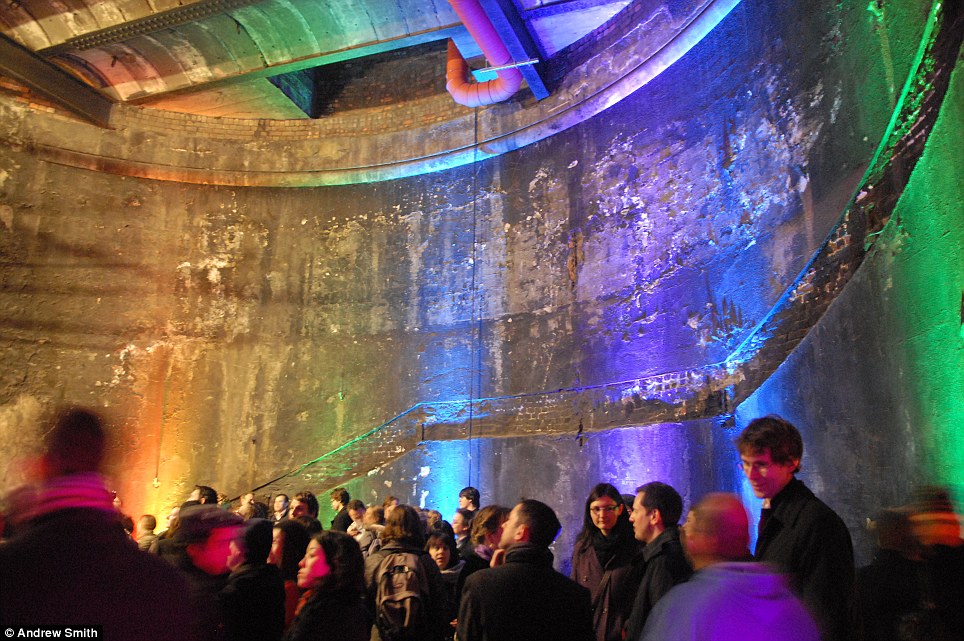
8. Ekko, Denmark
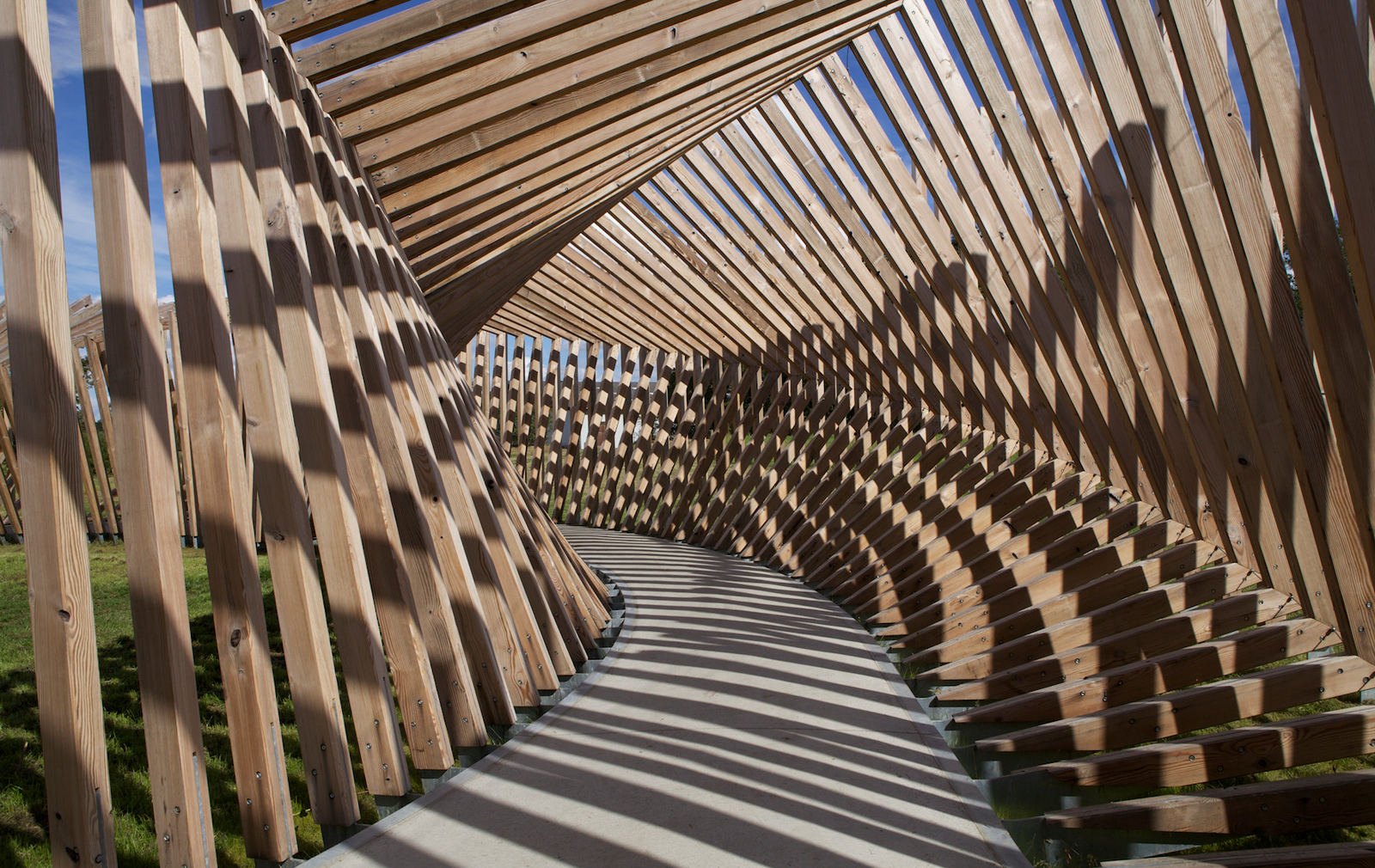
What about the building being an instrument itself? Take artist Thilo Frank’s twisting ‘Ekko’ in Denmark. The timber-framed soundwalk is peppered with microphones and speakers, recording and playing back on loop the sounds you make as you cross the boardwalk, moving through twisting paths of shadow and light.
9. The Whispering Gallery at St Paul’s Cathedral, UK
The whispering gallery phenomenon – where a noise you make on one side of a space can be clearly heard on another – is often unintentional. Yet, at London’s St Paul’s Cathedral, it draws tourists in droves. Mutter a little something into the gallery wall and it can be heard on the other side of the 33m diameter dome. Just be careful what you say…
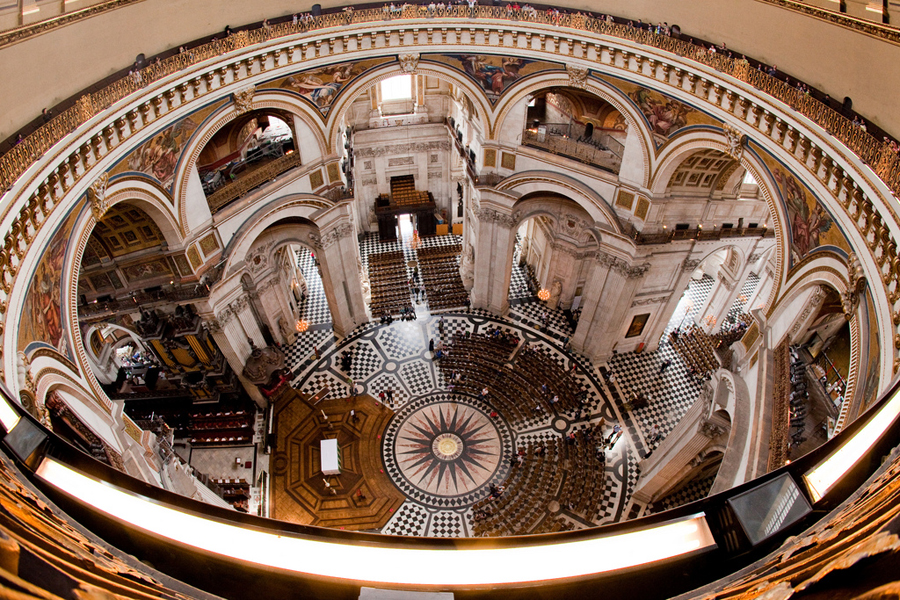
10. Prenzlauer Berg water tower and tanks, Berlin
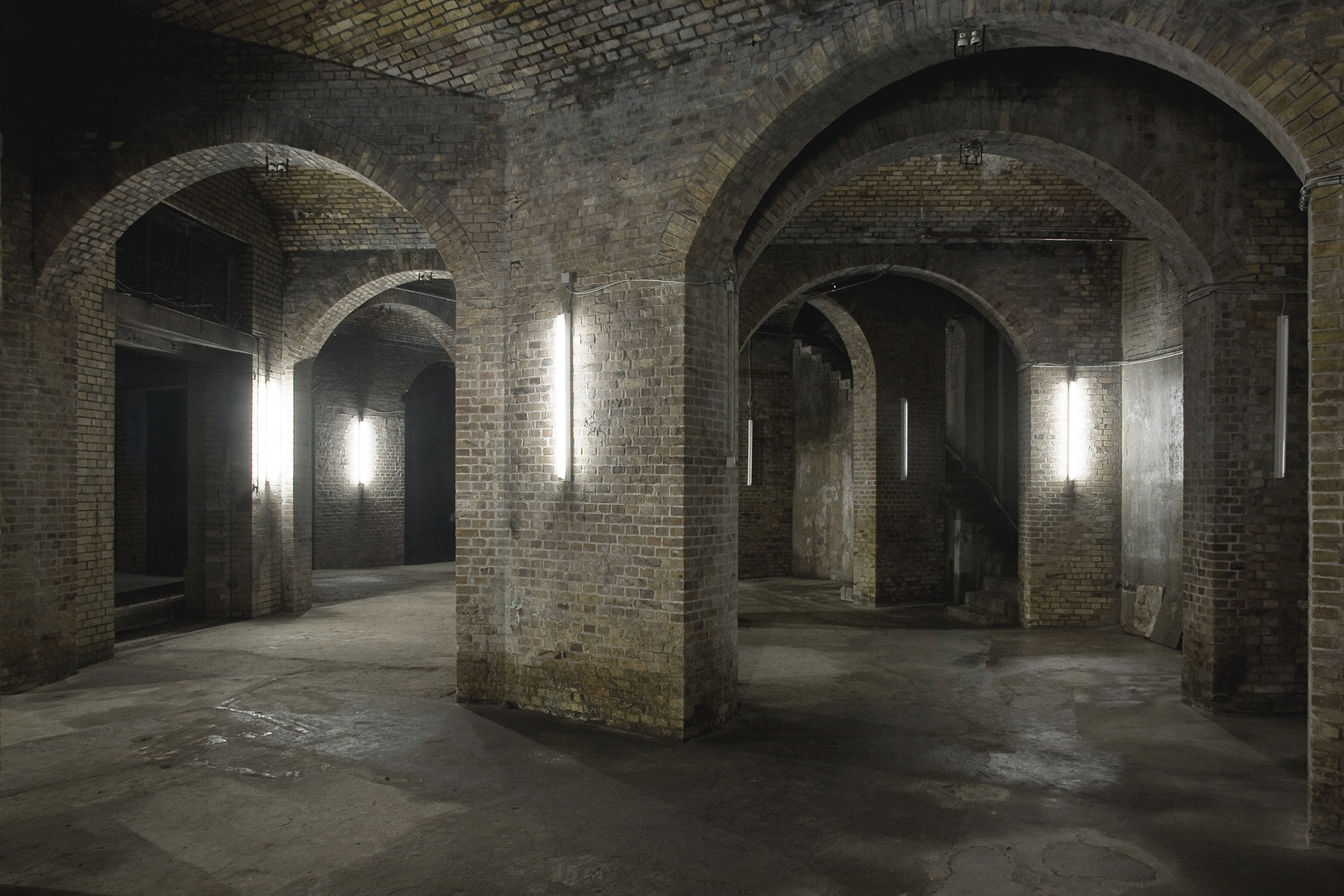
Dark, subterranean spaces, such as water tanks or tunnels, can heighten disorientation and, in doing so, intensify a sonic experience. A combination of light and sound reflection, both physical and digital, enhances visitors’ senses in the installations of German artist Robert Henke. Listen below to his Eternal Darkness installation in a Berlin water reservoir.






















